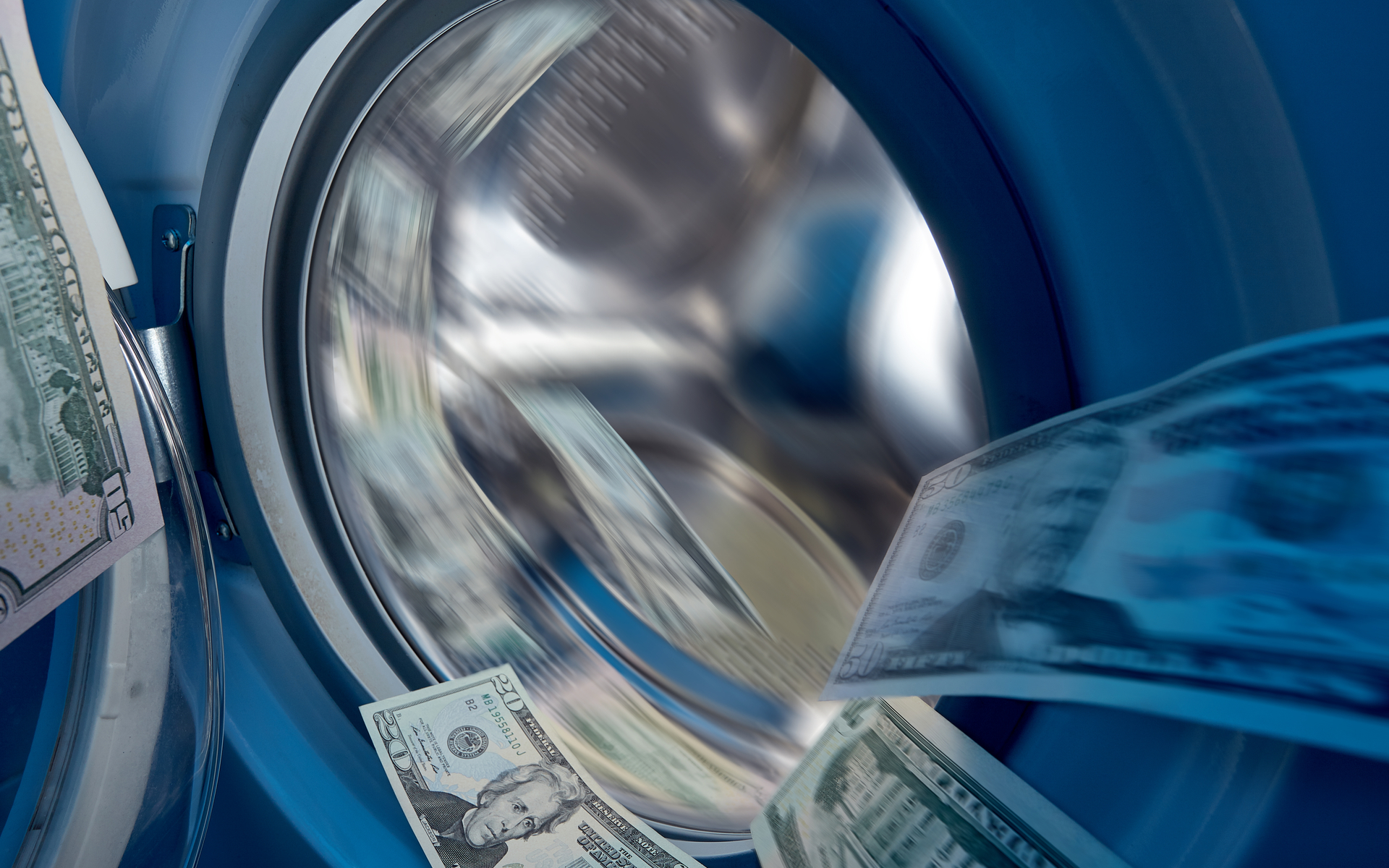
The OKEx exchange has received numerous accusations of faked trading volumes and wash trading. The latest claim came from the Blockchain Transparency Institute (BTI), which triggered an immediate response from the exchange’s CEO.
The CEO of OKEx, Jay Hao, challenged BTI to prove without dispute that wash trading is happening. He even bet 100 Bitcoin ($975,000 at current market price) for the evidence.
So @BTI___ claimed 90% of our volume is fake. I dare you 100 BTC that you are wrong. If we can prove 10%+ of our volume is real, you give me 100 BTC. If we can't, I give you 100 BTC. What say you @BTI___? If you dare not to accept challenge, please apologize for the allegation. pic.twitter.com/J3On9Lirhj
— OKX Intern (@okx_intern) September 24, 2019
Volumes Remain Extremely Difficult to Prove
But the phrasing of Hao also caused criticism. He claimed OKEx had more than 10% real volumes – not making a claim that the volumes are 100% real. OKEx has received multiple indications of volumes that do not match site visits.
Previously, Bitwise Asset Management made similar claims, and other estimates are that under 6% of OKEx volumes were realistic. The other problem was wash trading, or setting up orders to make it appear that more trading takes place on the exchange than it actually does.
The allegation has happened despite the fact that OKEx is part of the DATA alliance set up by CoinMarketCap. The transparency initiative uses a detailed methodology to assess trading volumes. According to the data reported to CoinMarketCap, OKEx achieves daily volumes of above $1 billion as of September 24. This lines up the exchange among the leading markets by volume, excluding the BitMex markets and other innovative exchanges with the different methodology of reporting.
Analysts Claim 90% Faked Volumes Across Exchanges
The claim that up to 90% of crypto exchange volumes are faked has made the rounds from various angles. Some exchanges indeed showed patterns of trading that could not be achieved by organic orders. Traders poured over candlestick charts, where sometimes obvious patterns appeared, suggestive of bot activity.
Recent evidence also showed that Bitfinex saw its volumes shrink by 97% in a year. Some ascribe this drop to the fact that bots are no longer used to simulate activity and set BTC prices.
Trading volumes all over the market saw a shift in 2019. BTC is no longer the most traded coin, displaced by Tether (USDT). OKEx holds one of the biggest USDT storages, thus making use of the increased activity of the leading stablecoin.
But so far, there is no methodology to guarantee that all reported trading on crypto exchanges is fair. Order books are still unregulated, and there are no restraints on volatility. OKEx also carries a highly active BTC futures and derivatives market, where extremely high volumes are traded.
What do you think about fake volumes and order spoofing? Share your thoughts in the comments section below!
Images via Shutterstock, Twitter @Jayhao8


















